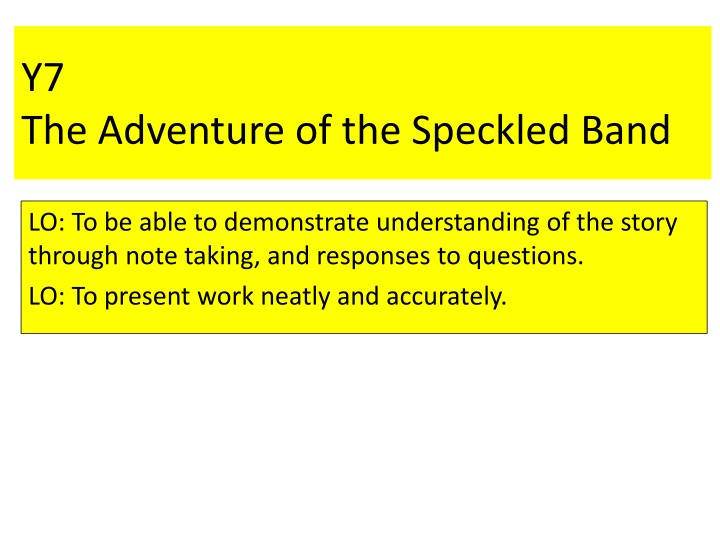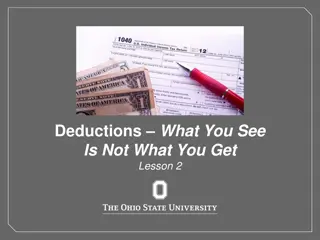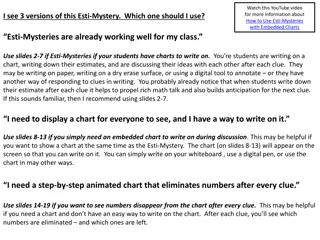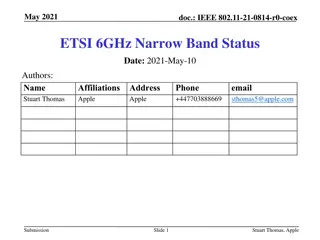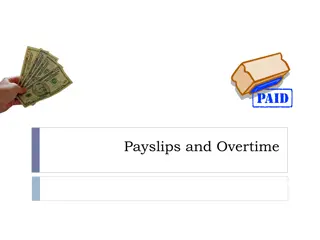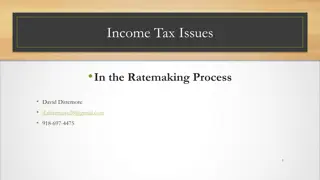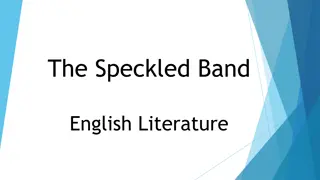The Speckled Band - Clue Analysis and Deductions
In this educational resource, students analyze clues from "The Adventure of the Speckled Band" provided by Helen Stoner. By identifying key details and making deductions, they improve their literary detective skills. The material focuses on noting important aspects of the story and presenting findings neatly. Through examining the evidence presented in the narrative, learners develop critical thinking and deductive reasoning abilities in a structured format.
Download Presentation

Please find below an Image/Link to download the presentation.
The content on the website is provided AS IS for your information and personal use only. It may not be sold, licensed, or shared on other websites without obtaining consent from the author.If you encounter any issues during the download, it is possible that the publisher has removed the file from their server.
You are allowed to download the files provided on this website for personal or commercial use, subject to the condition that they are used lawfully. All files are the property of their respective owners.
The content on the website is provided AS IS for your information and personal use only. It may not be sold, licensed, or shared on other websites without obtaining consent from the author.
E N D
Presentation Transcript
Y7 The Adventure of the Speckled Band LO: To be able to demonstrate understanding of the story through note taking, and responses to questions. LO: To present work neatly and accurately.
P170-171 Look carefully through Helen Stoner s account and spot the important clues she gives about the events that night. There are at least 10 to find. Then fill in what you can work out from each clue (deduction).
Clue (what happened that night) Deduction (why this might be important to either the story or to Holmes) 1. Feeling of impending misfortune 2. Stormy night 3. 4. 5. 6. 7. 8. 9. 10.
The Literary Detective! So far you have, like Sherlock Holmes, learnt how to make deductions about characters and situations by finding small details and writing what these details suggest. When you do your literary detective work, you need to be able to present your findings well. To do this you need a system. When you are faced with a literary mystery to solve in the form of a question, the first thing you must do is your detective work. We have filled in tables, and if you were under pressure to get the mystery solved (let s say in an examination!) you would need to work quickly.
Introduce the evidence. (P) When Helen Stoner tells us about what happened that night, she tells us of how her sister s face had turned white. Write the evidence down exactly. (E) We are told that she saw my sister appear at the opening, her face blanched with terror. The important bit! Write what you have deduced or worked out from this clue. Use expressions like: This might suggest that The impression we are given is that This shows that This indicates that This implies that This hints at the fact that You get the idea! (E) This might suggest that her sister has had a terrible fright or is in shock from some kind of injury.
Starter sentences: We know that Julia heard a whistle every night (quotation from the story. Don t forget speech marks!) This suggests/ this could be/ this makes me wonder Julia said something about a speckled band (quotation from the story. Don t forget speech marks!) This suggests/ this could be/ this makes me wonder Extension task: add a fourth sentence to each of your paragraphs, where you explore the language used in the quotation
